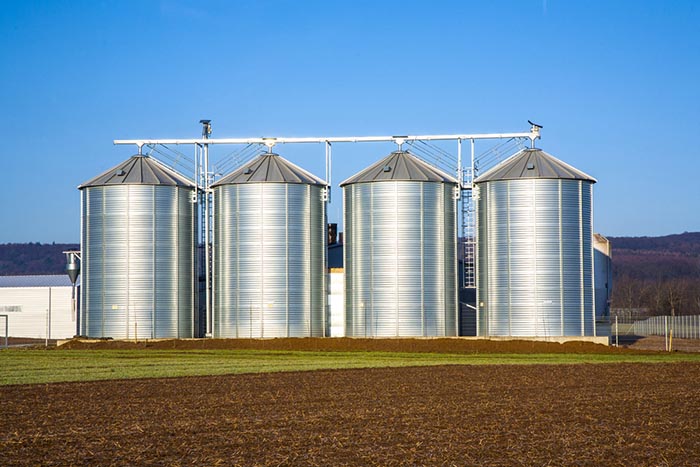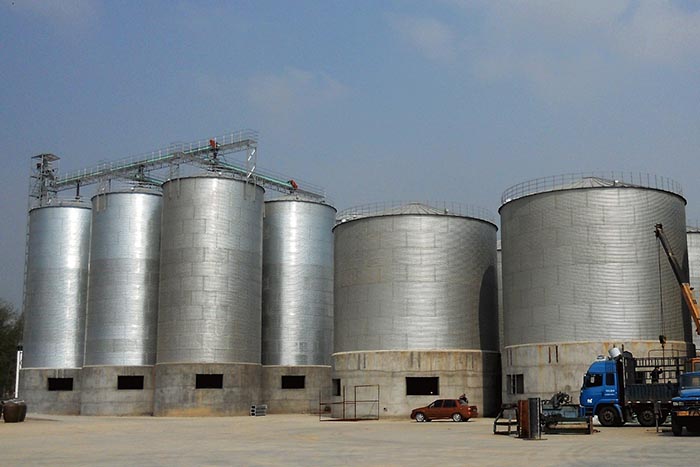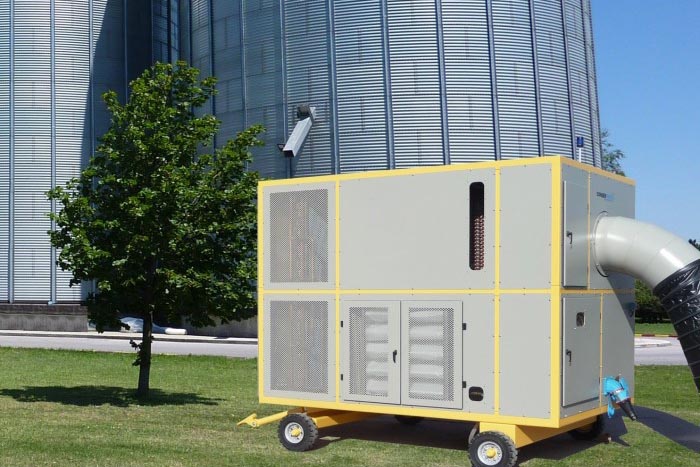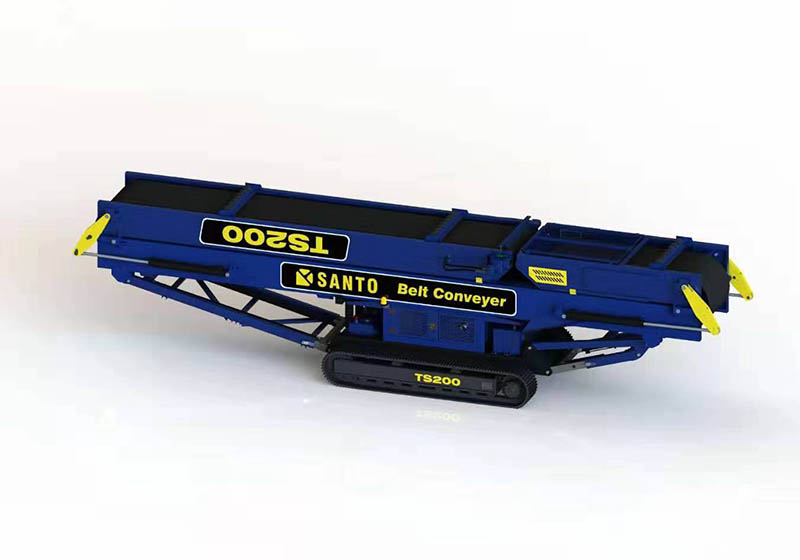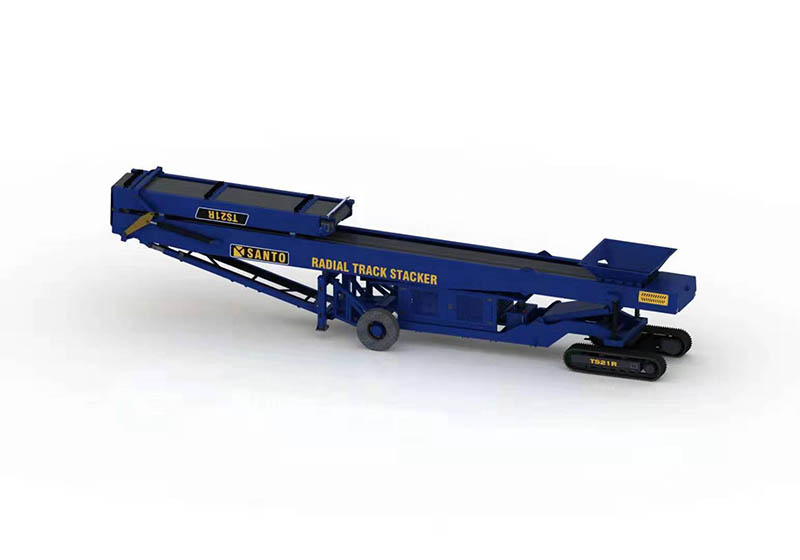How To Preserve Rice for Long Term Storage
Rice storage Storage Characteristics of Rice
The glume of rice is relatively hard, which protects the grain and can resist insect pests and the influence of external temperature and humidity to a certain extent. Therefore, rice is better stored than ordinary finished grain. However, rice is easy to sprout and is not resistant to high temperatures, requiring special attention.
Most paddy rice (such as indica rice) has no post-ripening period and is physiologically mature and has germination ability at harvest time. At the same time, the amount of water needed for rice germination is low.
Therefore, when rice is harvested, if it fails to be harvested, threshed and sun-dried in time even on rainy days, the rice will germinate in the fields and fields. Rice in storage is also easy to sprout if it condenses, returns to moisture or leaks rain.
Rice threshing and drying are not done in time, even the grass is stacked, and it is easy to retting yellow. The quality and storage stability of sprouted and retted rice are greatly reduced.
Rice is not resistant to high temperatures. Rice that has passed through summer is easy to age. Rice that has been exposed to the hot sun, or rice that suddenly encounters cold after exposure, is prone to "waist popping". Soon after the new rice is stored in the warehouse, if the temperature drops, it often condenses on the surface of the grain pile, which increases the surface grain moisture and is unfavorable for storage. Therefore, the surface grain moisture should be reduced in time.
Storage Methods of Rice
Ensure the quality of stored paddy:
paddy with large water content, many impurities, and many imperfect grains is easy to heat and mildew and is not durable to store.
Therefore, improving the quality of stored rice is the key to the safe storage of rice. The standard of safe moisture content of paddy shall be determined according to the variety, season, region and climatic conditions. Generally, indica rice is less than 13% and japonica rice is less than 14%.
The fewer impurities and imperfect particles, the better. If the stored paddy has large water content and many impurities, it shall be stored in grades, aired or dried in time, and screened or winnowed to remove impurities.
Timely ventilation:
New rice should be ventilated timely to reduce temperature and precipitation due to its vigorous respiration and high grain temperature and moisture content. Especially when it is cool in autumn and the temperature difference between the inside and outside of the grain pile is large, ventilation should be strengthened at this time, combined with the deep turning of the grain surface to distribute damp heat in the grain pile to prevent condensation. Mechanical ventilation can be used when conditions permit.
Low-temperature sealing:
Make full use of the cold and dry weather in winter and conduct ventilation to reduce the grain temperature to below 10℃ and the moisture content to within the safety standard. Cover and seal before the temperature rises in spring to safely spend summer.
What are the Risks of Storing Rice
Insects and rodents are a concern with any food storage, and because rice is a grain that comes from fields, the biggest long-term storage concern is pests. Rice requires some ventilation to keep it from spoiling (unlike most foods, which should be stored in airtight containers).
Allowing for ventilation, if not done properly, can also allow bugs and pests in. When rice gets hot it sweats, and pests are drawn to warm and moist conditions to build nests and lay eggs. While pests are a concern, using proper storage techniques will help minimize this risk.
